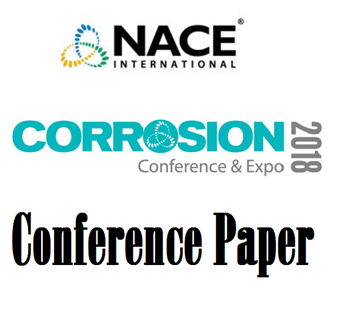Search
Assessment of the HISC resistance of PH Nickel-based Alloys using the SSRT Test Method
Also Purchased
Assessment of the Hydrogen Induced Stress Cracking Resistance of Precipitation Hardened Nickel-based Alloys using the Slow Strain Rate Tensile Test Method – Influence of Microstructure
Product Number:
51319-13365-SG
Publication Date:
2019
$20.00
Assessment of the Hydrogen Induced Stress Cracking Resistance of PH Ni Based Alloys using the SSR Method - Experimental Parameters and Related Issues
Product Number:
51319-13455-SG
Publication Date:
2019
$20.00
51318-10700-Environmentally Assisted Cracking of High Strength Nickel Based Alloys Under Cathodic Protection
Product Number:
51318-10700-SG
Publication Date:
2018
$20.00




